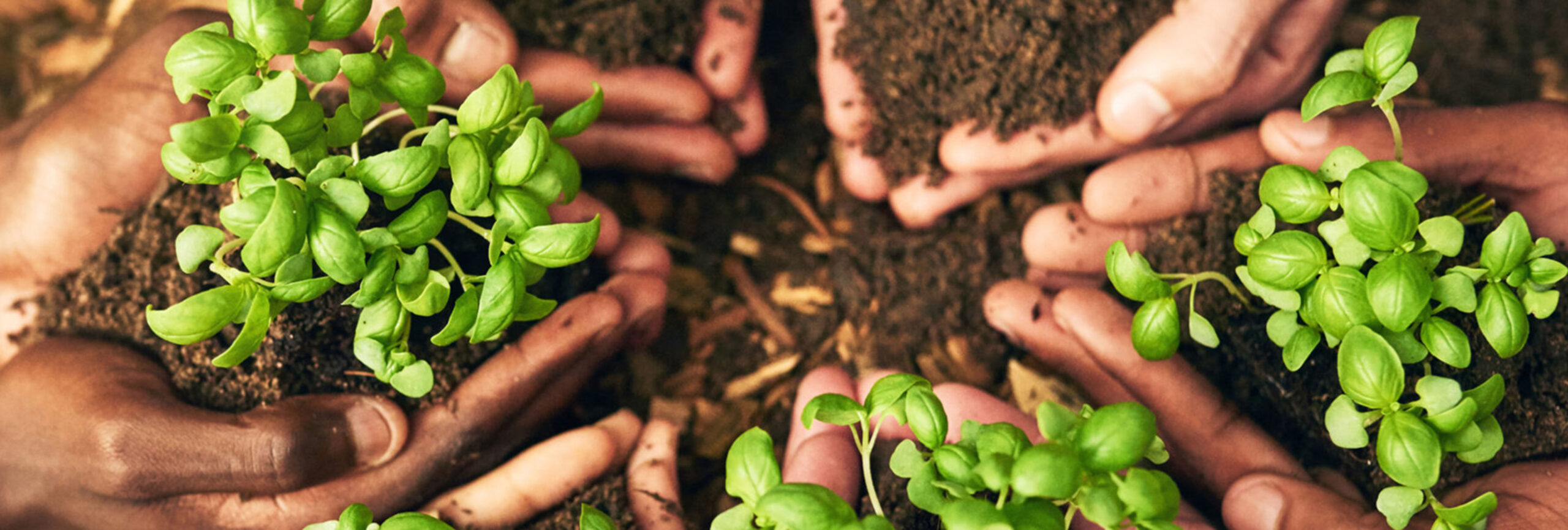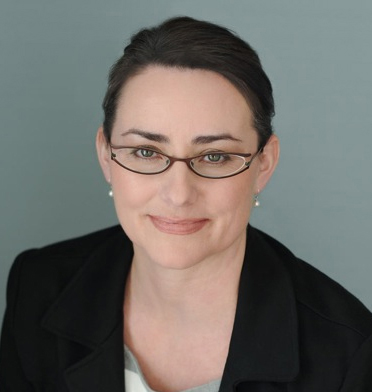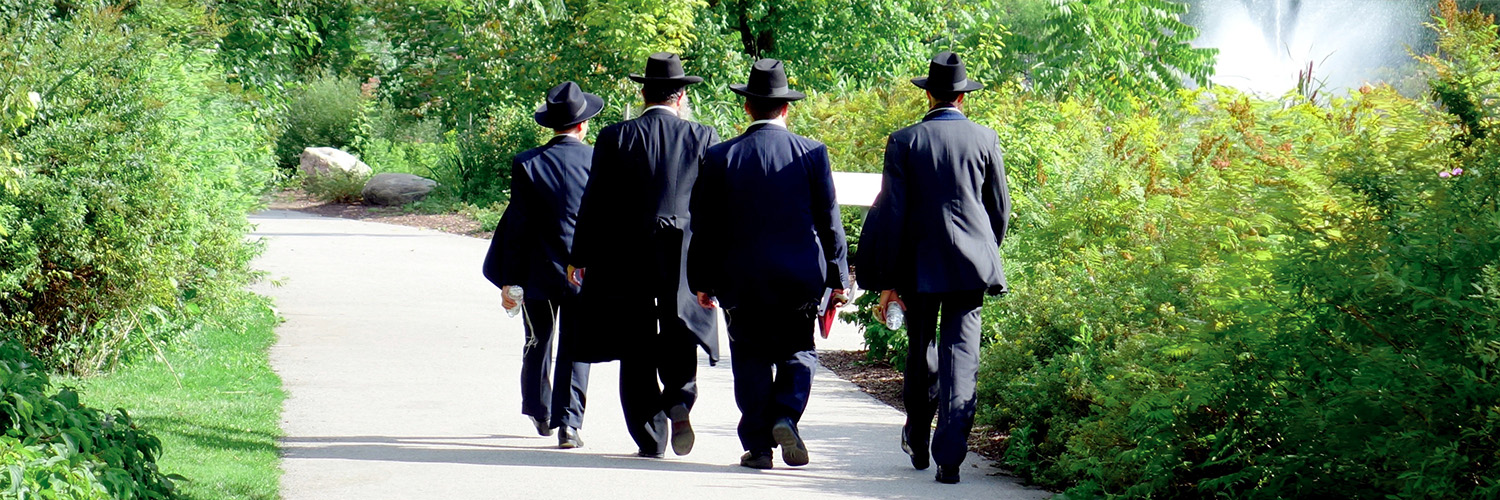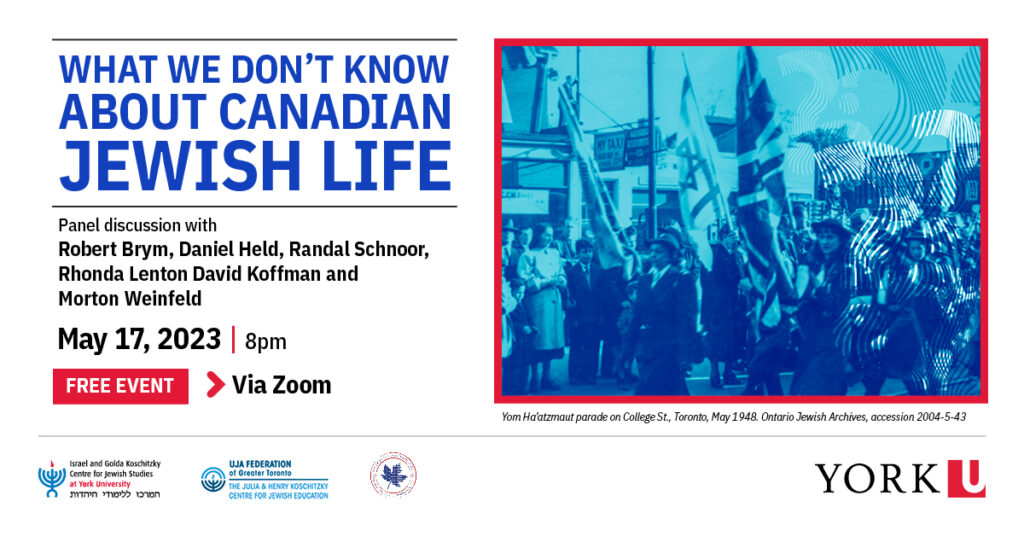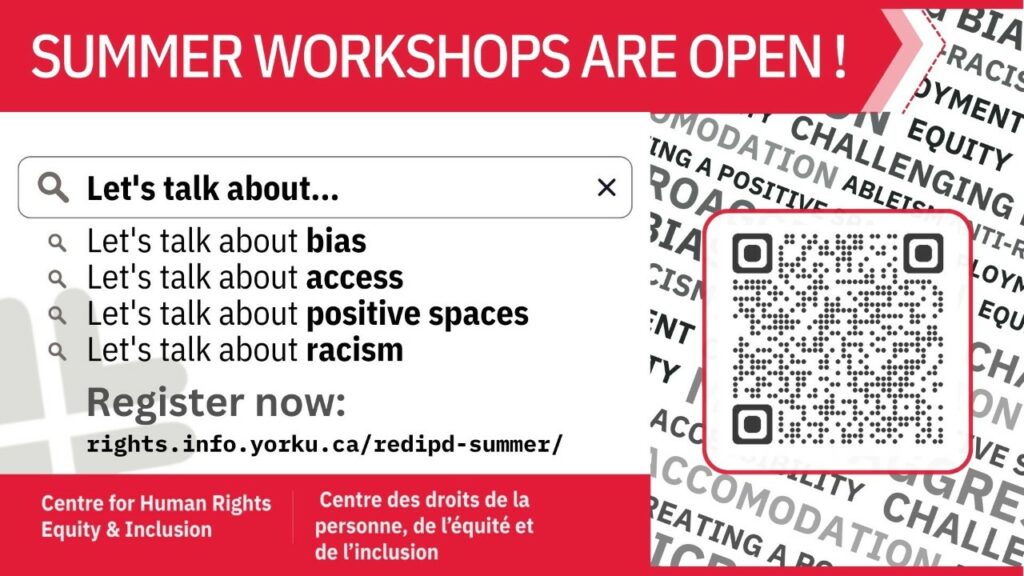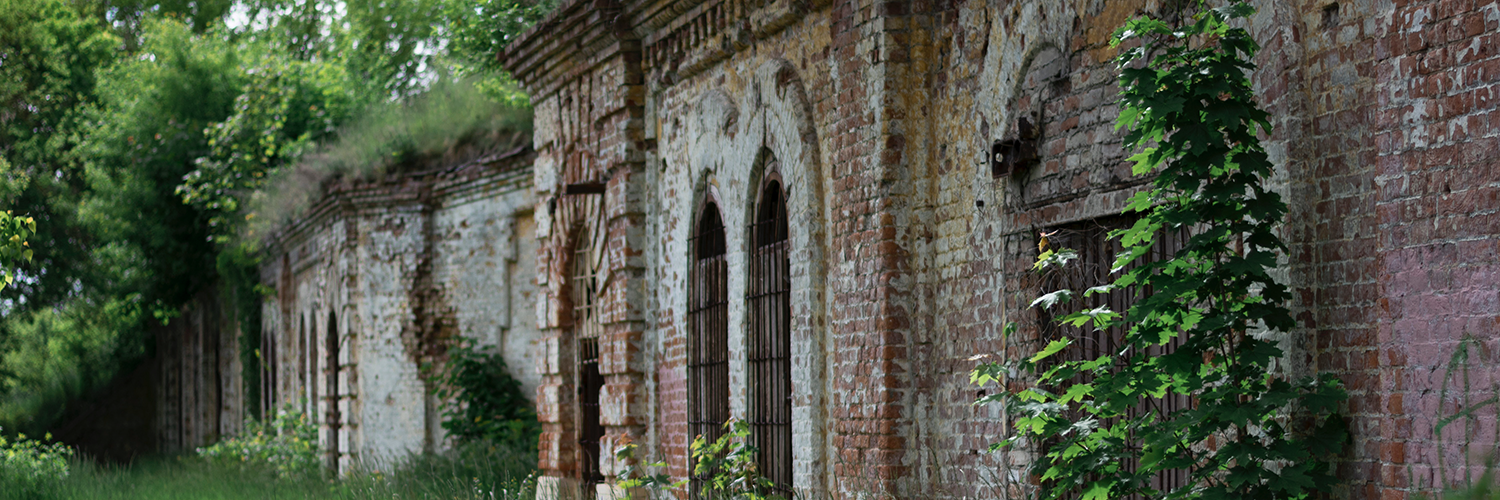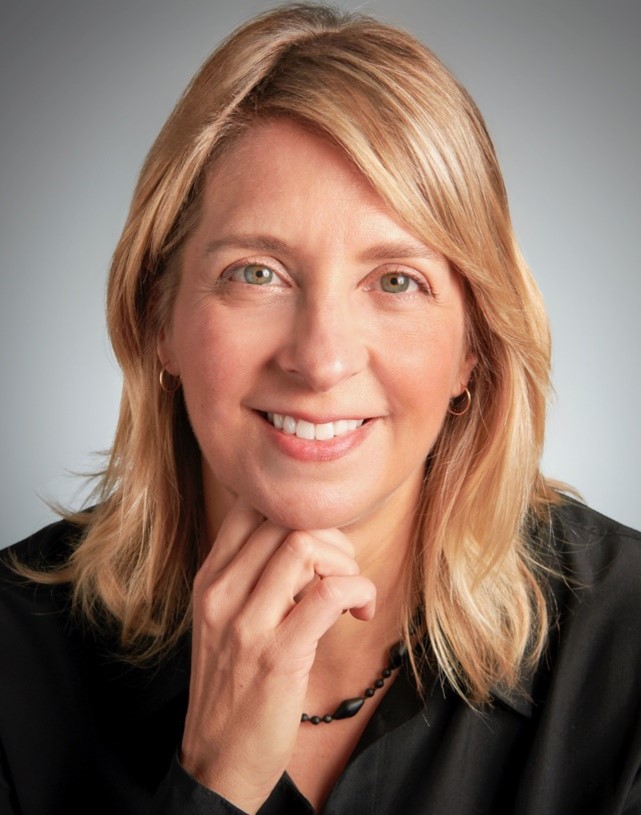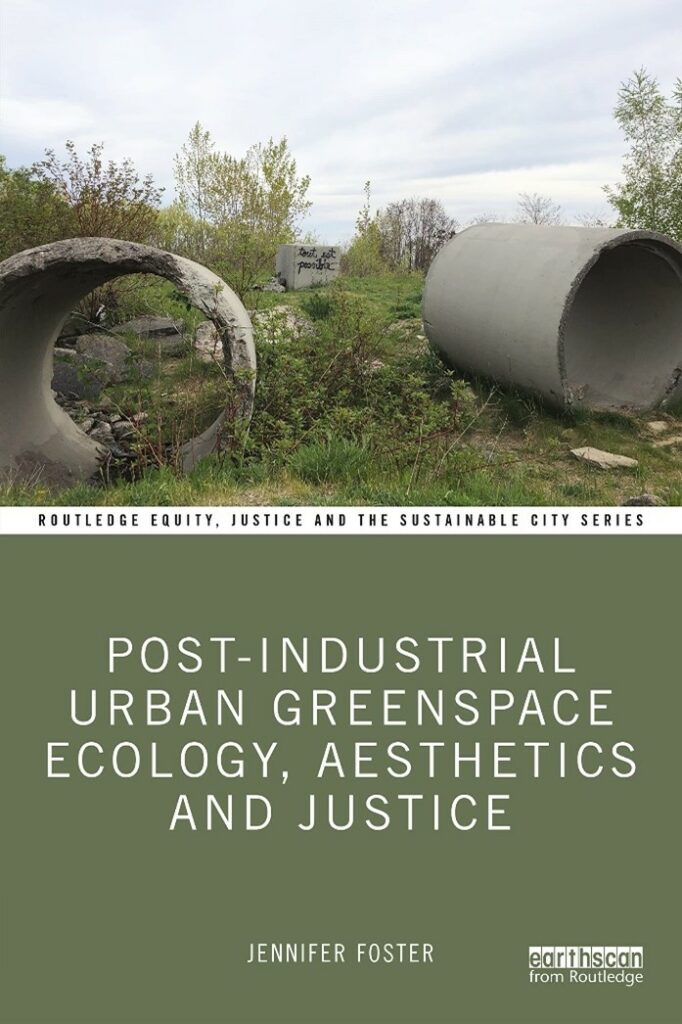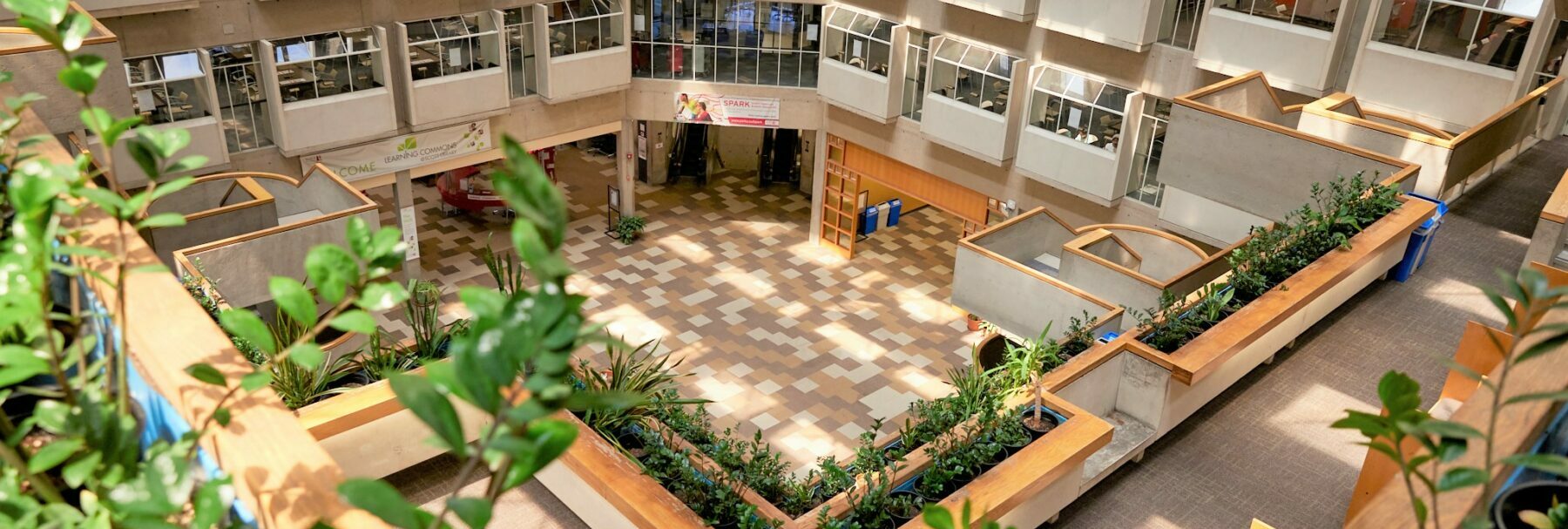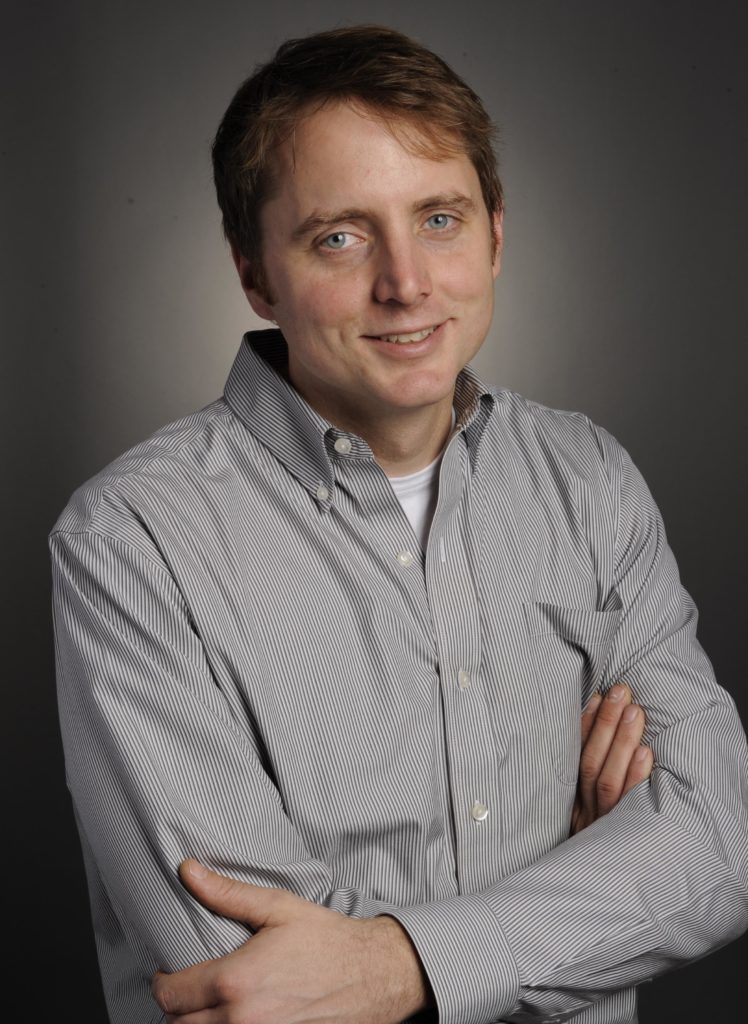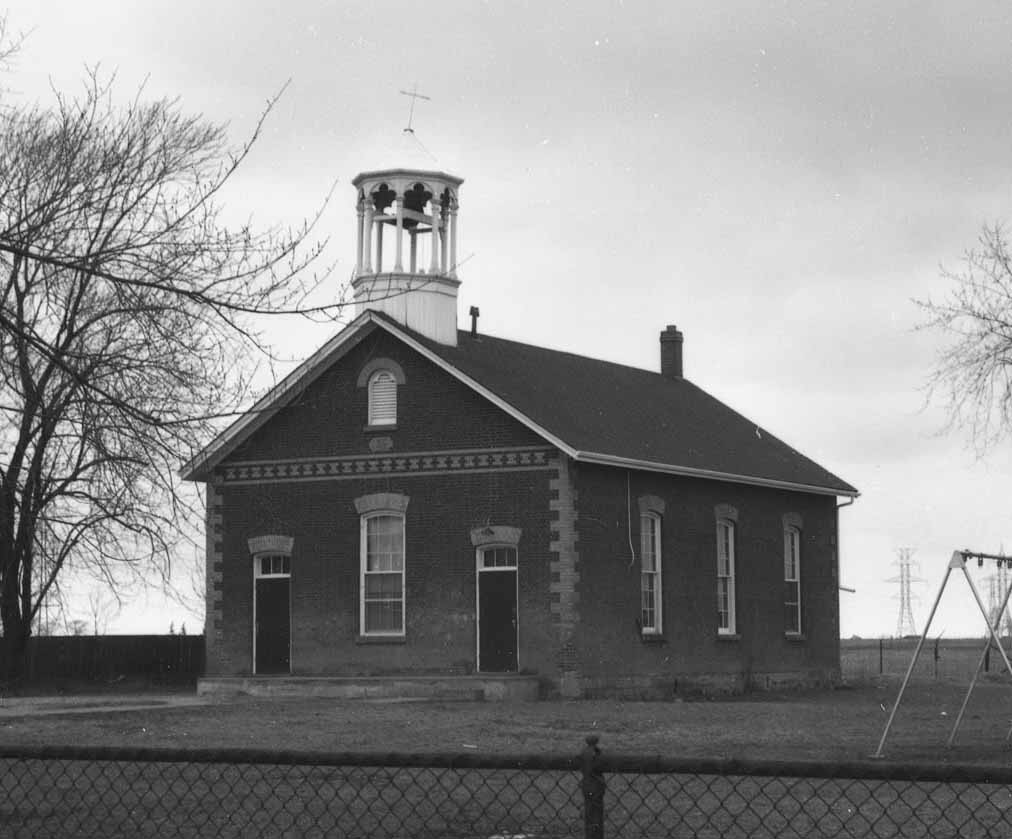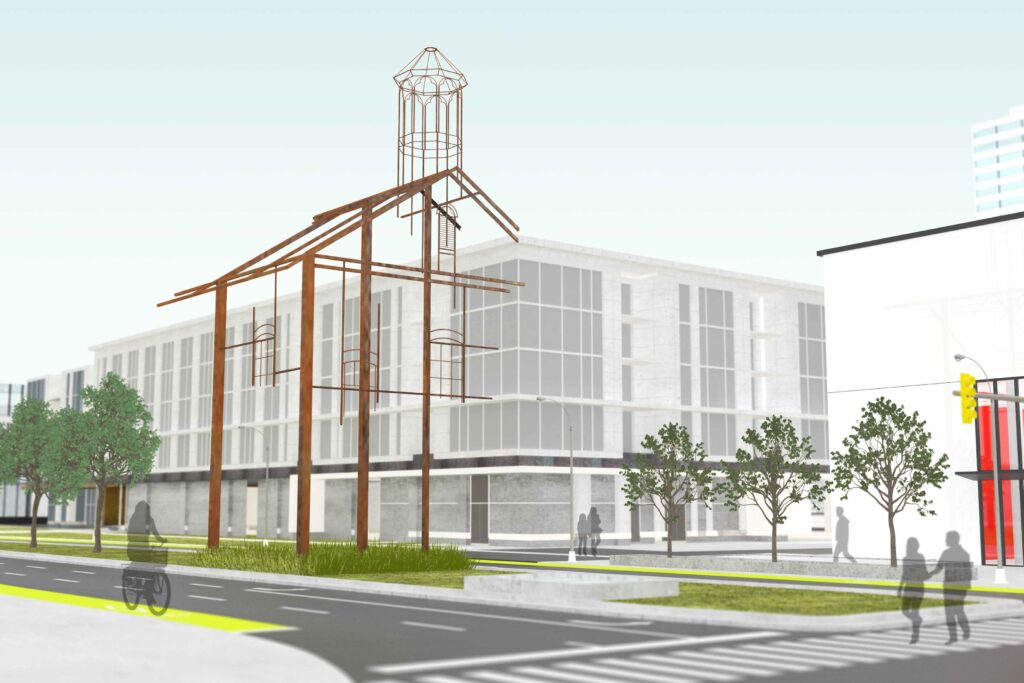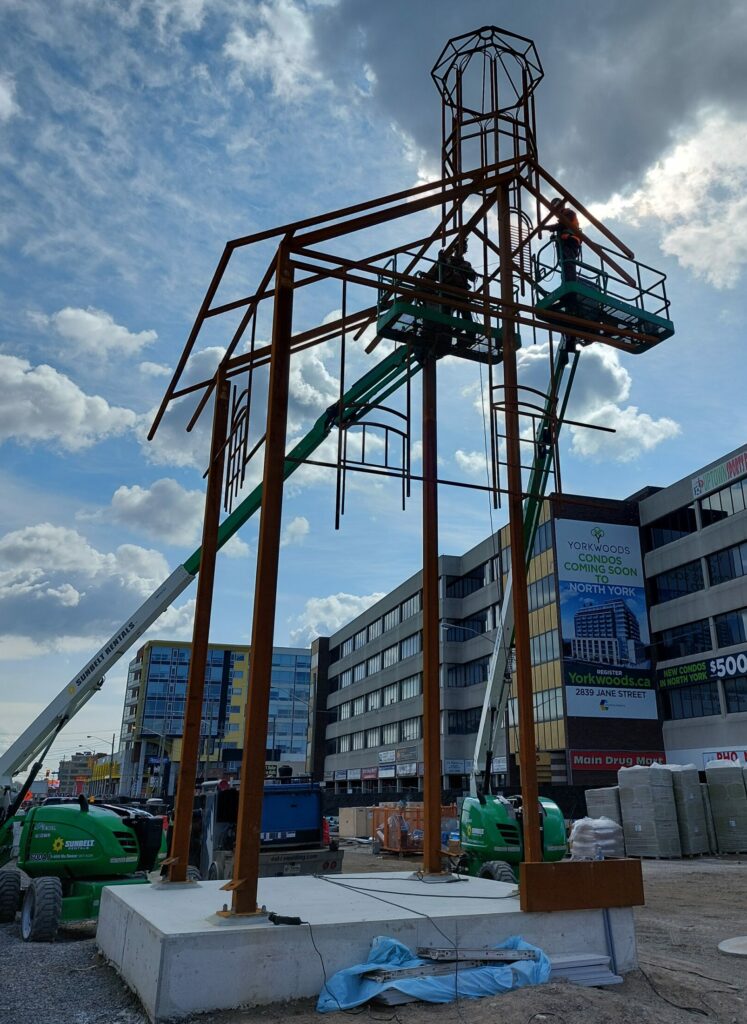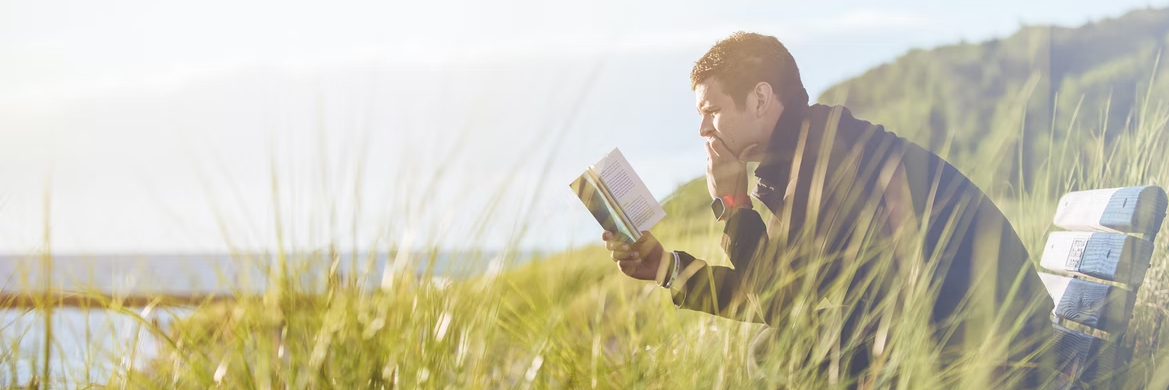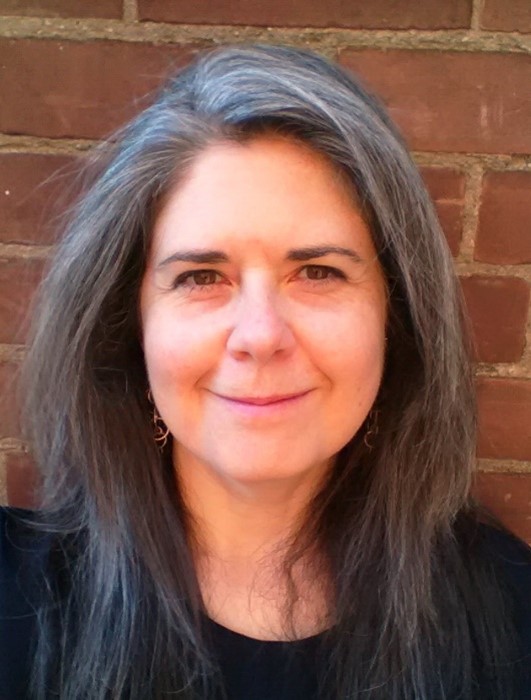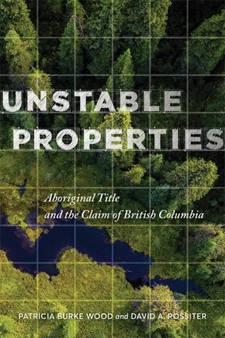By Alexander Huls, deputy editor, YFile
The Cross-Campus Capstone Classroom (C4) student-led project to create a full-cycle composing system at York University will soon distribute a metric ton of compost across the Keele campus, fulfilling its goal to divert organic waste from selected vendors at York.
The project creates a closed-loop system by turning the waste that would otherwise go to landfill into useful compost that can be used on campus.
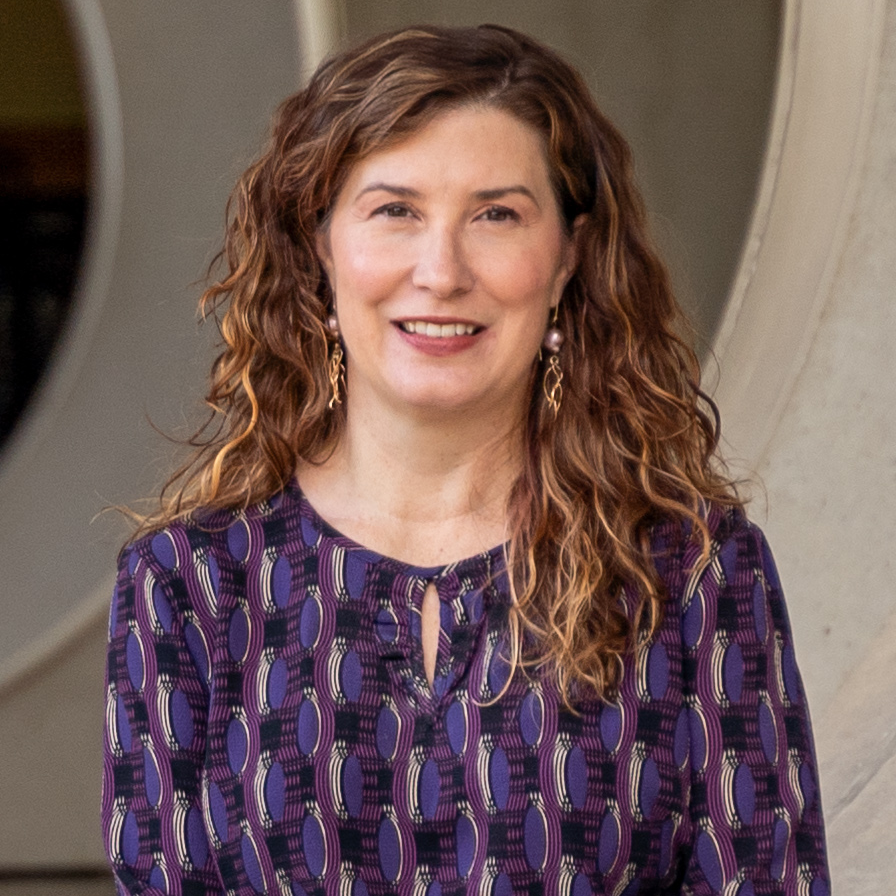
The upcoming harvest, which began with the 2019 revitalization of the decaying three-tier composting systems in the Maloca Community Garden, is the result of woodchips received from the School of the Arts, Media, Performance & Design, fruit and food from Grocery Checkout in York Lanes, as well as coffee grounds and more from the two Starbucks locations on campus. Partnerships with the businesses, and transportation of the waste to the Maloca composting system with a push cart, was all hands-on experience initiated by the students themselves – a significant objective for C4.
“Our approach to experiential education keeps students in the driver’s seat,” says Danielle Robinson, co-lead of C4. “The more that we let them take the lead, the more it shows them that we believe in them, that we think they have valuable skills and knowledges, and that they can do things in the world that matter.”
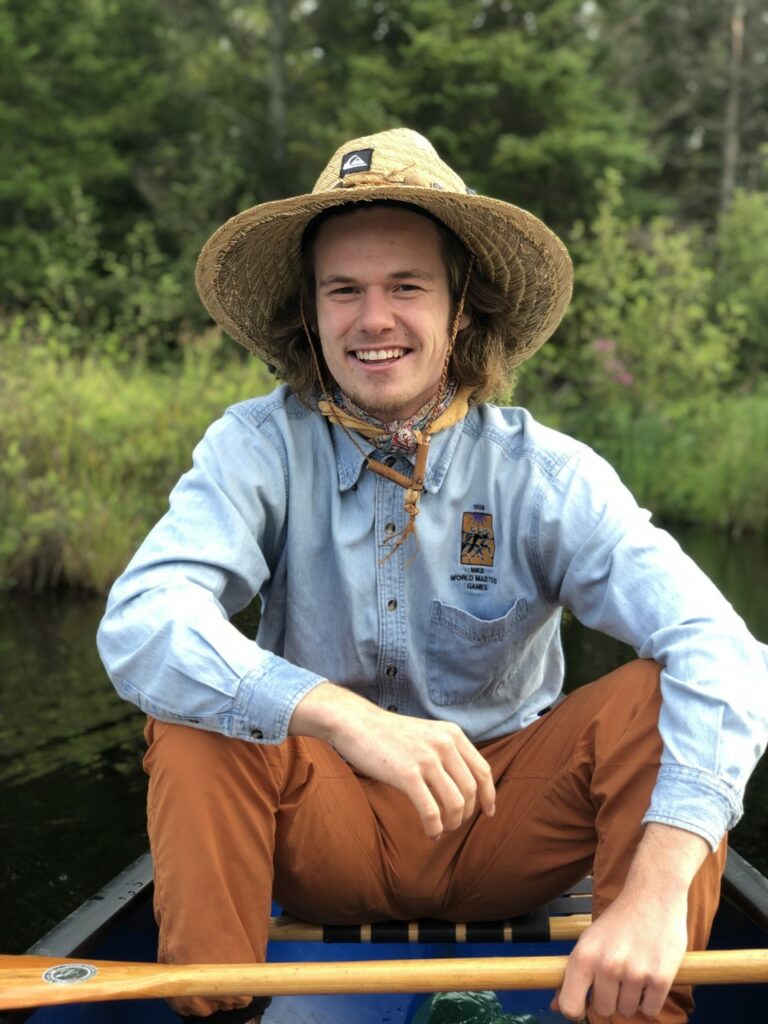
Changing the world, and righting the future, is especially important to the C4 initiative, which aligns its offerings with York’s dedication to the United Nations Sustainable Development Goals (UN SDGs). “We organize all of our projects by SDGs at C4 because it helps students channel their efforts directly towards specific kinds of impacts outside the classroom,” says Robinson.
The C4 students’ composting system will also have a significant impact on campus. “Our whole idea is to keep this closed loop system where we’re getting our waste from campus and then we’re giving it back to campus in one way or another,” says Ronan Smith, a student who has been with the project since it started. Once the compost from the harvest is tested to see how nutrient rich it is, it will be distributed to several nearby recipients such as the community farmers at Maloca Community Gardens and Many Green Hand, a student club. Smith also hopes to have a seed a drive to get interested students set up with pots, plants and soil. Anything left over, would be distributed to different grounds across York, such as garden beds like those outside the Health, Nursing and Environmental Studies building.
From there, the group’s ambitions turn towards the future, Smith says. They want to scale up by exploring row composting or worm bins to create a greater diversity of compost sources, as well as processing more waste with composting hubs around the University in high density spots – like Central Square – to streamline the process. Generating more awareness will also be a goal, not only to draw in new students and volunteers, but illustrate the composting system’s success. “Our goal is showing that this can work, like how in just under a year we can process over a metric ton of waste,” Smith says.
They don’t need to show it can work to Robinson, however, who has been impressed by the efforts of Smith and his fellow compost collaborators. “I am constantly blown away by what our students can do, what they dream up, and the drive they have to create change in the world,” she says.


